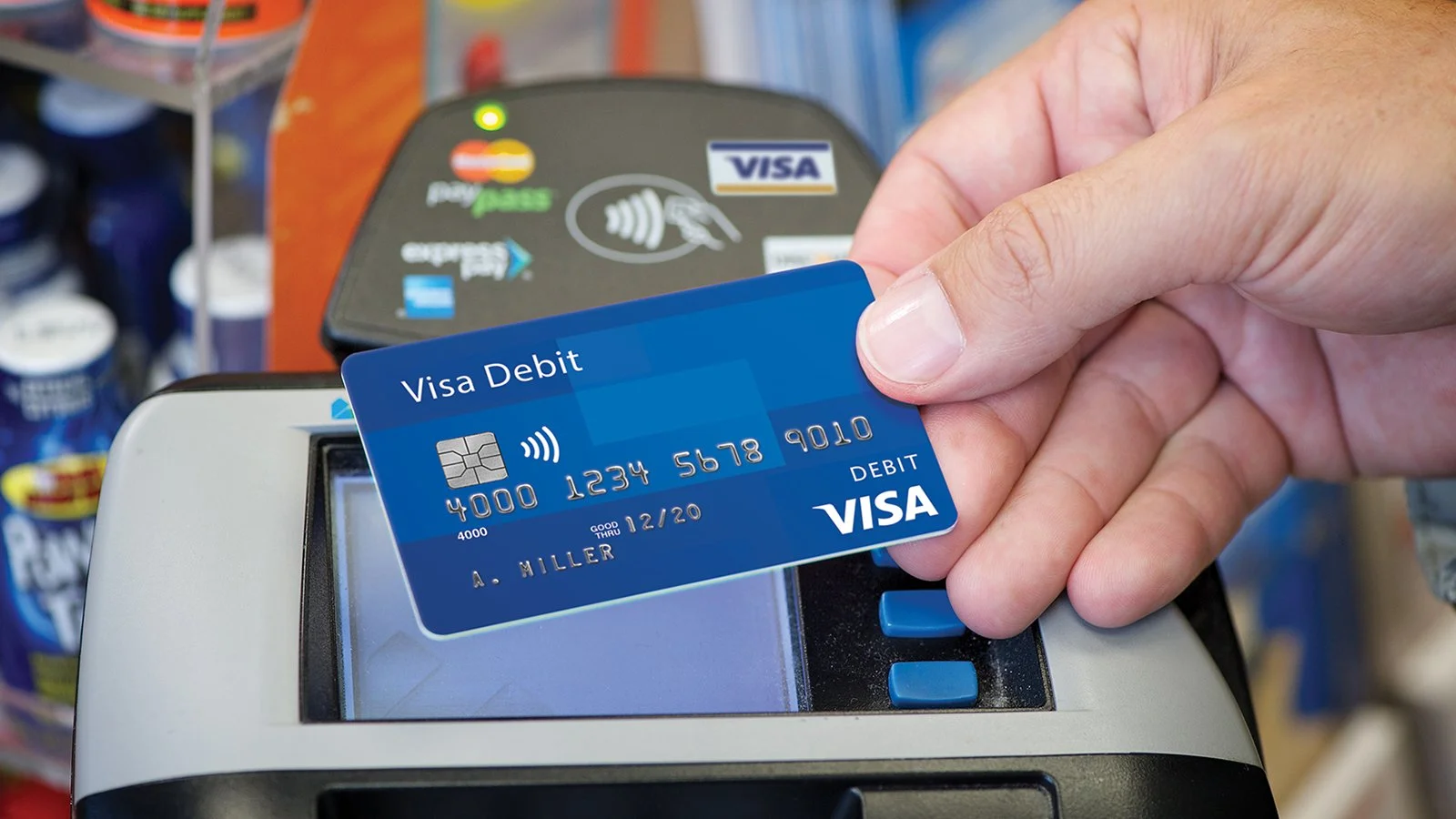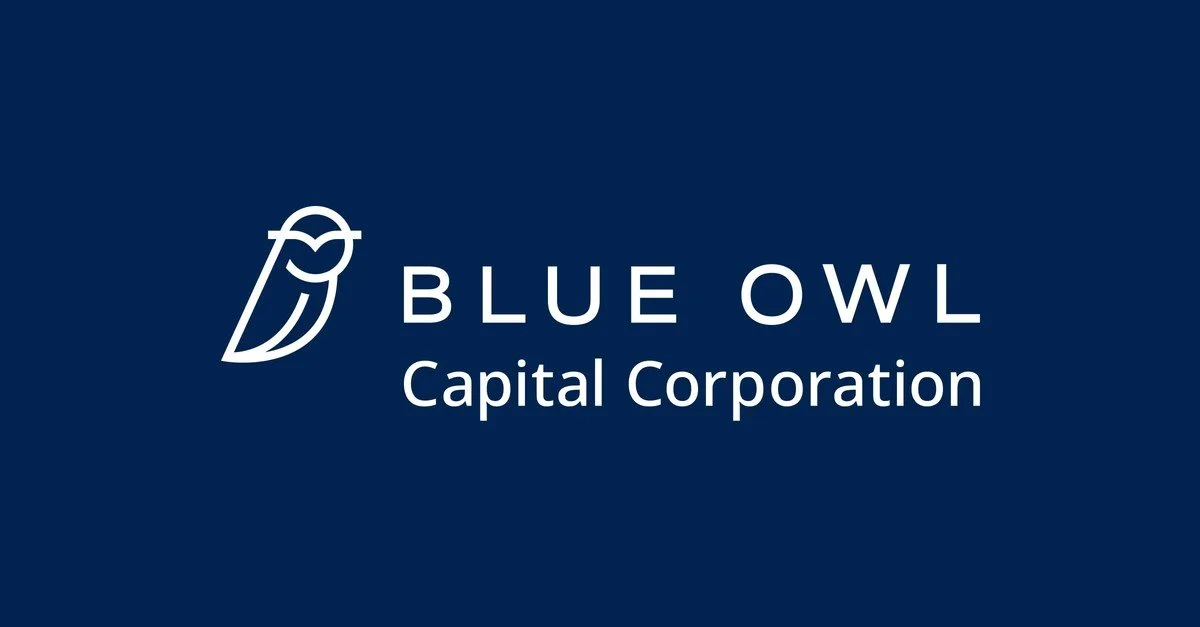V | Q3 2025
The content provided on this website, including any communications, posts, videos, social media interactions, and other materials, is for informational and educational purposes only. It should not be considered as financial or investment advice. Read our full disclaimer here.
Links
Link to Transcript
Link to Presentation
Link to 10-Q
Overview
Non-GAAP EPS of $2.98 beats by $0.13.
Revenue of $10.2B (+14.6% Y/Y) beats by $350M.
KEY Takeaways
Visa reported record revenue of $10.2 billion, up 14% year-over-year, with EPS up 23%.
Core business trends remain strong, with 10% growth in transactions and 11% cross-border volume growth.
Value-added services revenue jumped 26%, showing Visa’s growing role beyond payments.
Tokenization efforts are paying off—over 15 billion tokens issued, covering more than 50% of e-commerce transactions.
Visa Direct volume grew 25% and now exceeds 10 billion transactions annually, expanding globally.
Stablecoins are a serious focus, especially for emerging markets and cross-border payments, with support for 4 coins on 4 blockchains.
Visa returned $6 billion to shareholders this quarter and still has nearly $30 billion in buyback capacity.
NOTES
Visa (V) just wrapped up another strong quarter, with revenue hitting a record $10.2 billion—up 14% YoY—and earnings per share also up 23% YoY.
Needless to say, the core business is holding up well across the board. Spending was solid, processed transactions grew 10%, and cross-border volume (excluding intra-Europe) rose 11% in constant currency. Even with all the macro noise, the consumer still seems pretty resilient, and Visa continues to benefit from that.
One of the biggest themes this quarter was how aggressively Visa is leaning into product development. They’re not just a card network anymore—they’re building tools across consumer payments, money movement, and what they call value added services, which is a very important part of their business.
These are extra tools Visa offers on top of its core payments infrastructure—things like fraud detection, tokenization, data analytics, consulting, marketing support, and even helping banks launch new digital products.
Value added services saw revenue soar 26% this quarter. Visa is embedding these services deeper into client relationships, and the real strategy here is to become more indispensable to clients. Based on the growth of this segment, it seems to be working.
Speaking of tokenization, they’re getting closer to their goal of tokenizing every e-commerce transaction. They’ve now hit 15 billion tokens, and more than half of online payments on their network are already tokenized.
They also continue to roll out their Flexible Credential product, which is kind of a digital-first, more flexible version of a Visa card. Klarna is launching one in the U.S. and Europe, and Visa has over 200 more client opportunities in the pipeline.
They also previewed a new product called Visa Intelligent Commerce, which uses AI agents to help people shop and pay. It’s early, but over 30 partners are testing it, and Visa’s gearing up for a pilot launch later this year.
Visa Direct, their real-time money movement platform, is turning into quite a beast. It’s now doing more than 10 billion transactions a year, with Q3 volume up 25%.
Banks in emerging markets are starting to use it as the engine behind their own remittance products, and in North America, it's powering things like gig worker payouts and payroll. Management sees this as a huge opportunity, and they’re pushing hard to expand it globally.
Stablecoins were another big topic this quarter, and Visa’s taking them seriously. They see two real use cases: first, in emerging markets where local currencies are unstable and people want access to U.S. dollars; and second, in cross-border payments where traditional infrastructure can be slow or expensive.
They’ve already launched stablecoin-linked cards in several markets, are working with banks to issue their own stablecoins, and now support four different stablecoins across four blockchains. There is a lot of hype around stablecoins right now, but Visa’s involvement with them is not hype-driven—they see it as a natural extension of their role in the payments ecosystem, which makes sense.
Financially, everything continues to move in the right direction. Growth was driven by both volume and pricing, and incentives came in lower than expected, which helped margins.
The company returned $6 billion to shareholders this quarter—$1.2 billion in dividends and $4.8 billion in buybacks—and still has nearly $30 billion authorized for more.
All in all, this was another great quarter for Visa. The company continues to evolve from just being a payment network into more of an all-in-one infrastructure layer for global money movement. I’m glad to have it as the largest position in my portfolio.




Revenue of $1.88B (+4.4% Y/Y) beats by $10M. Non-GAAP EPS of $1.96 beats by $0.09.